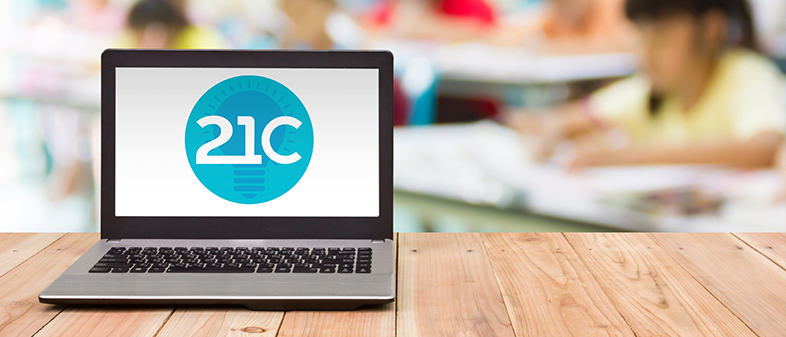
Flipped learning is an increasingly popular way for teachers to develop students' problem-solving skills in the classroom. With planning, preparation and patience, teachers can implement a successful flipped learning environment that stimulate students and spur academic achievement.
Before flipping your classroom, you'll need to consider a range of issues; from creating content to assuring every student has access to technology after the school day.
Flipped learning experts recommend introducing the strategy slowly and suggest starting with a single unit or subject. From there, use lessons learned to hone your approach or expand into new subjects. And remember, research is key!
Here are 5 more issues to consider:
1. Expectations: Flipped learning environments can be chaotic if clear expectations aren't set. Before making the change, it's important to explain to students the concept of flipped learning and why you are implementing it. It will help if you walk students through a sample flipped lesson and stress the importance of consuming the content before coming to class.
2. Structure: Experienced teachers structure in-classroom learning sessions to ensure students can apply their knowledge in group or individual settings. Many classrooms use a rotating learning station setup in which students spend a few minutes at several stations to apply learning. Stations may include online learning, groupwork areas, review areas or a teacher-led learning space.
3. Delivery: Veteran teachers will tell you that original content creation is not quick. Especially as a beginner, it can take hours to create, record and disseminate content. First, decide if you'll create your own content, use existing content or a combination of both. Next, decide if you'll provide online review sheets or assessment. Those questions should be answered before flipping your classroom.
4. Technology: Flipped learning can be tricky if all students can't access a home computer or tablet. While some schools furnish student laptops or tablets during the school year, this isn't always the case. If students don't have access at home, consider other options. Can they access technology at a library or study lab before or after school? If that isn't feasible, teachers have allowed students to watch videos in class as part of a learning station. Remember, unless every student can access technology, flipped learning will prove very difficult.
5. Communication: Just as in a traditional classroom environment, parent support is crucial to student success. Before your first lesson, explain flipped learning to parents. They may not be familiar with the concept. Also explain the type of support - like a quiet place to review content - that parents can offer at home. Follow up with parents during the academic year as well, so they have a better understanding of what is happening in the classroom.
Kirch, Crystal. "My Flipped Classroom." Prezi.com. March 30, 2015. Web: https://prezi.com/-vbtn0xnnyzx/my-flipped-classroom
Sowash, John R. "5 Things I Wish I Knew When I Flipped My Class.mp4." GoEdOnline4Teachers. April 23, 2012. Web: www.youtube.com/watch?v=4JPdGlyt6gg


